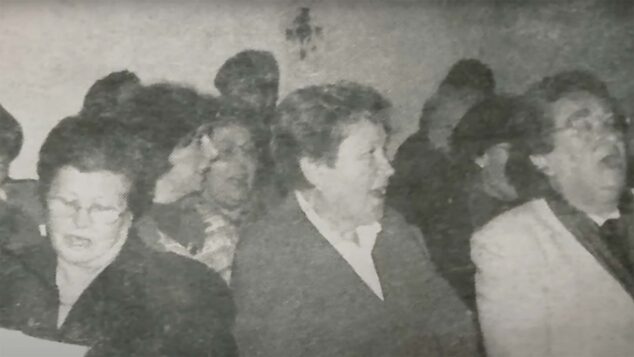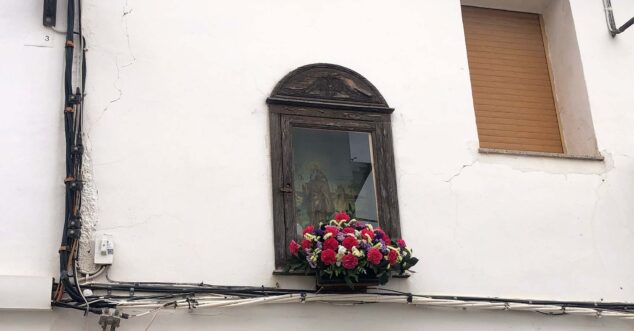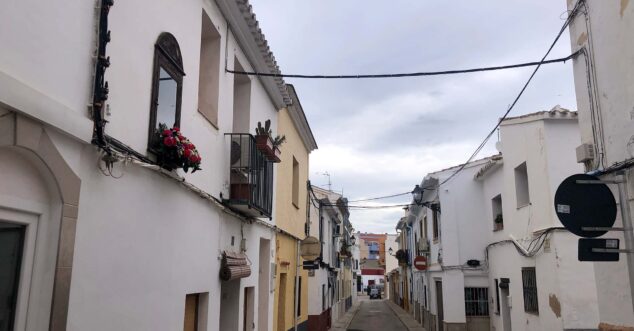With the arrival of cold weather, every January, the festival of Sant Antoni Abad or Sant Antoni del Porquet is celebrated with the blessing of domestic animals. Founder of monasteries, with an ideal life of penitence and prayer, Saint Anthony and his monks were especially associated with the pig because with the fat of the animal they treated the "fire of Saint Anthony" or "fire of hell", a disease caused by a parasitic fire, ergot, that grew in bran bread.
The story of Els gojos de Sant Antoni, sung by the neighbors of the street of the same name in Dénia and which was rescued by the Municipal Archive in the audiovisual The gojos of Sant Antoni, made by Marina Crespo, with the support of the Department of Culture, have a well-documented tradition. Twenty years ago, a study published from the Archive, by the archivist Rosa Seser and the musician Josep Sendra, recorded that the gojos of Sant Antoni Street began to be sung around the year 1930, when a neighbor of the street, grateful to the saint, placed a ceramic panel with the image on the façade of her home.
From that moment the neighbors celebrated the ninth to the saint and for nine days they sang els gojos every afternoon in front of the panel.
The tradition will endure, still very much alive, in 2000, when the study was published, but over the years it has been lost and the spirit of recovery is what prompted Marina Crespo, linked to the street, to make an audiovisual that highlights I manifest the sense of community and the values of neighborhood coexistence and collective celebration that traditions provide.
A devotion with centuries of history
The devotion in Dénia for San Antonio Abad is one of the oldest. At the end of the XNUMXth century, the hermit Caterina Bas, known as Sister Basota, obtained a license to build a hermitage on top of the Montgó, in the place we all know as Cabo de San Antonio.
Throughout the fifteenth century the hermitage was maintained with income from the king's estate and donations. In the XNUMXth century, the Marquis of Dénia, Don Bernardo, grants him the income from the Real game.
In the 1785th and XNUMXth centuries in Dénia, the devotion to Sant Antoni de la Muntanya, as the hermitage was known, was still very much alive. The "butlers" were in charge of paying for the party. Some were very generous, like Joan Antoni Gavilà, who installed a new bell in XNUMX, or Domingo Llorens, who painted the church.
The City Council of Dénia was in charge of the hermitage and appointed the hermit who worked the surrounding lands there.
At the beginning of the XNUMXth century, the hermitage and the land were abandoned. The devotion to Dénia continued and as a concrete manifestation the acts of the neighborhood of Sant Antoni street began.









